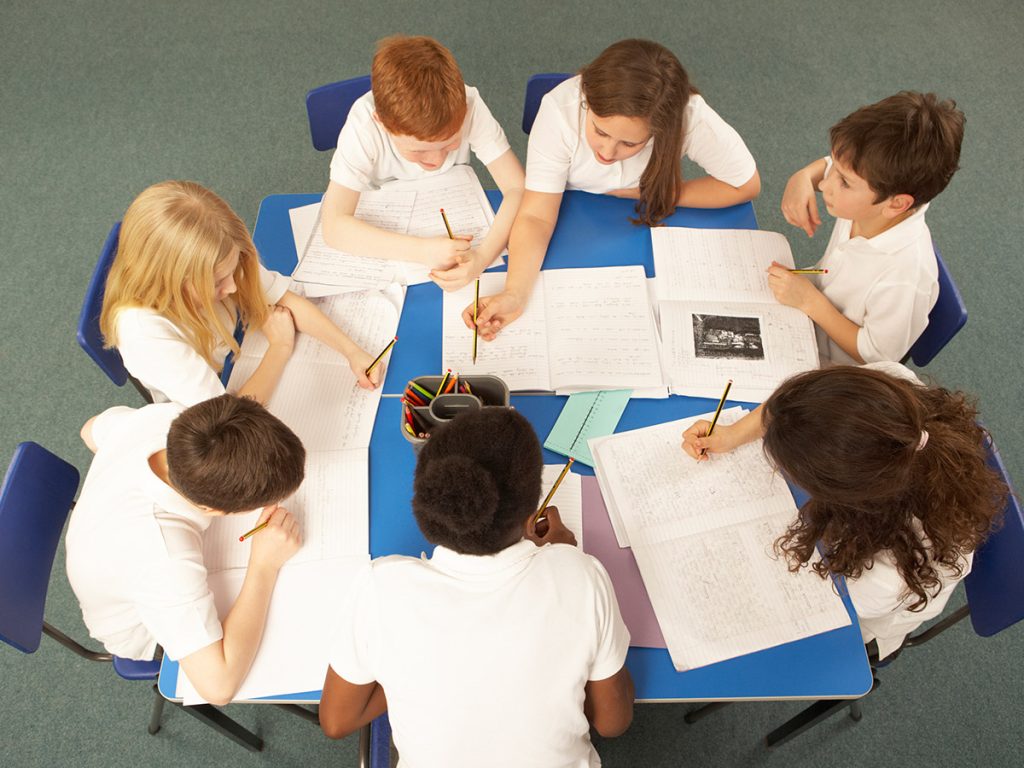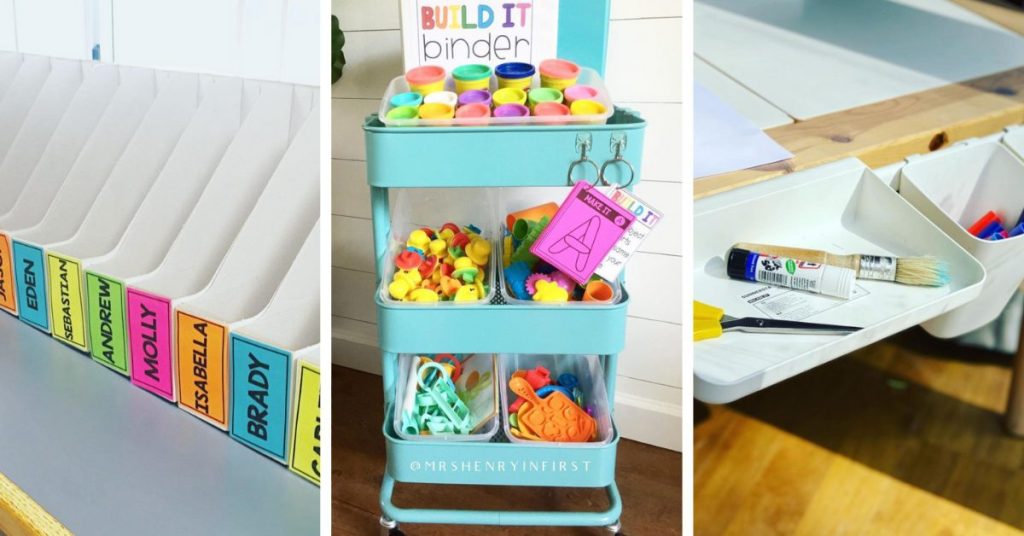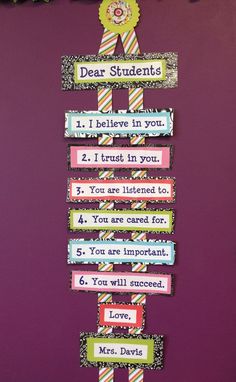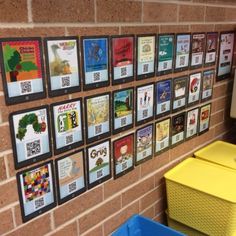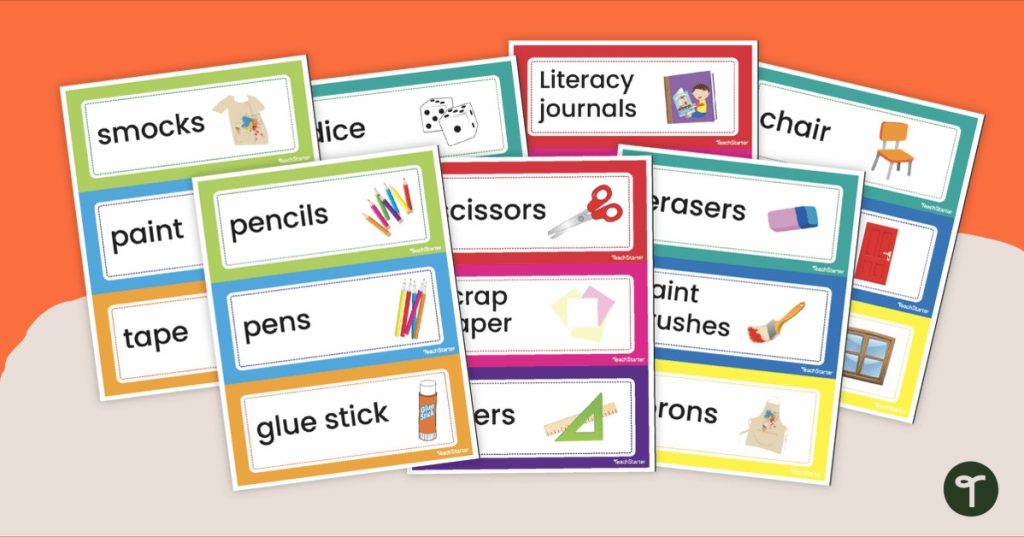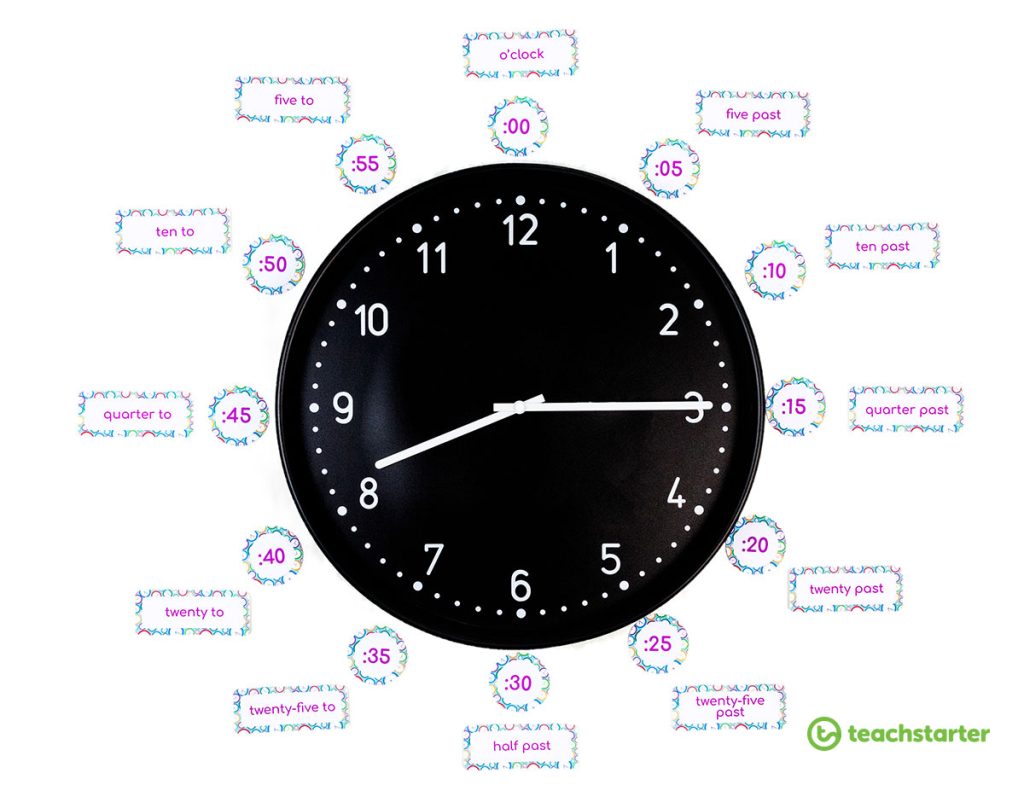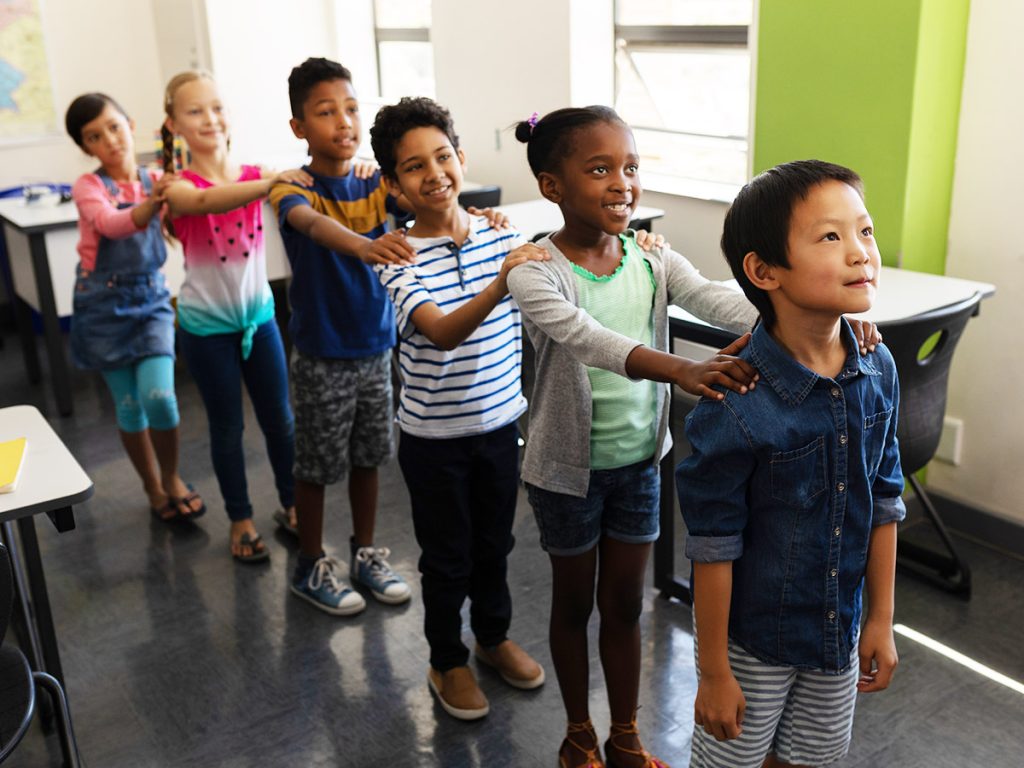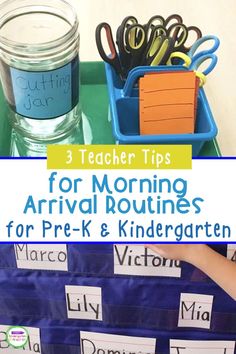The educational landscape is continuously evolving, and one aspect that remains crucial is the ability to work effectively within a group. In the classroom setting, group work is not just a method to break the monotony of individual tasks but also an essential strategy for developing students’ social skills, critical thinking, and collaborative abilities. However, the challenge often lies in organizing group rotations efficiently. Here’s how educators can effectively manage this process for optimal learning outcomes.
1.Understand Your Students’ Strengths and Weaknesses: Before diving into group activities, it’s imperative for educators to understand each student’s unique strengths and weaknesses. This knowledge will allow for balanced group assemblies where students can complement each other’s abilities.
2. Set Clear Objectives and Roles: Each group should have a clear understanding of the task at hand and the roles required to achieve their goals. Assigning specific roles helps ensure that all students are actively participating and contributing to the group’s work.
3. Create Diverse Groups: Aim for diversity in every group by mixing genders, abilities, and social backgrounds. This diversity encourages a range of perspectives, which can lead to more creative solutions and comprehensive understanding on various topics.
4. Implement Rotational Systems: Establish a rotational system where students move through different groups throughout the academic course. This not only exposes them to a variety of peers and working styles but also prevents cliques from forming, fostering inclusivity.
5. Monitor and Provide Feedback Regularly: As groups work together, it’s important for educators to monitor their progress and dynamics. Regular feedback assists in keeping groups on track and addressing any collaborative issues that may arise promptly.
6. Reflection Sessions Post-Group Work: After each rotation or major project, conduct reflection sessions where students can discuss what worked well within their groups and what could be improved. Reflective practices develop students’ self-awareness and group savvy.
7. Leverage Technology: Utilize digital tools like classroom management software to organize and monitor group rotations easily. Technology can aid in randomized group selection or keep track of rotation histories to ensure equitable grouping throughout the year.
8. Encourage Autonomy: Over time, encourage groups to take charge of their own organization and rotations as much as possible. Autonomy enhances engagement and accountability among members for their collective success.
Incorporating these strategies into classroom-based group work not only eases the logistical challenges of managing diverse learners but also empowers students with vital life skills such as communication, problem-solving, leadership, and teamwork. As educators curate these experiences with intentionality, they gift their pupils with tools that transcend academic settings and prepare them for the collaborative nature of real-world environments.
